Report this entry
More from the same community-collection
Flooded S. El Paso Street - 1920's - El Paso, Texas
The picture shows South El Paso Street flooded. Kids are playing ...
Airship Graf Zeppelin - El Paso, Texas
The airship LZ-127 Graf Zeppelin overflew El Paso in the early ...
Classroom at Sacred Heart School - El Paso, Texas
The picture shows the girls' class of 1926 at Sacred Heart ...
6th to 8th Grade Class - 1923 - El Paso, Texas
The picture shows the Sacred Heart class from grades 6 to 8. It ...
City Hall, El Paso, TX 1899-1959
This picture shows the El Paso City Hall during the Second World ...

















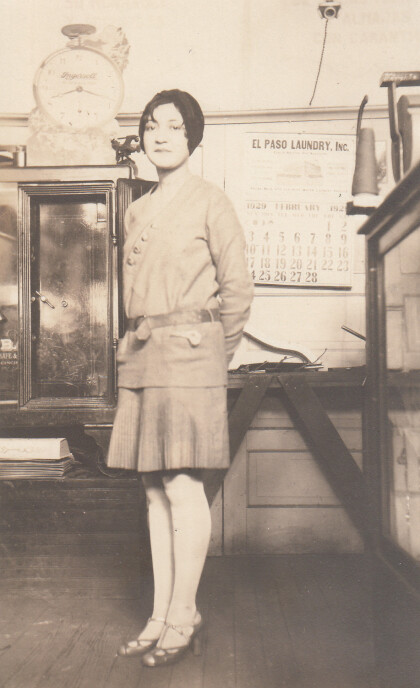
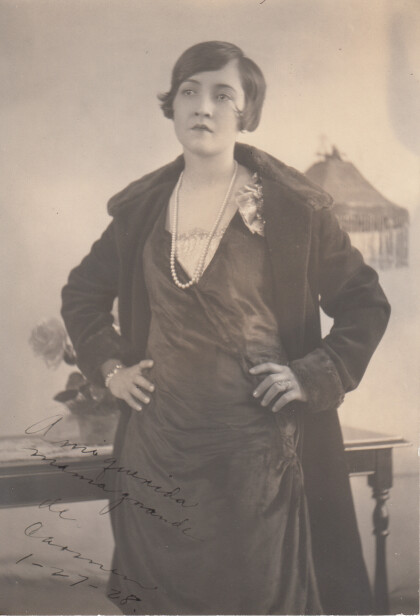
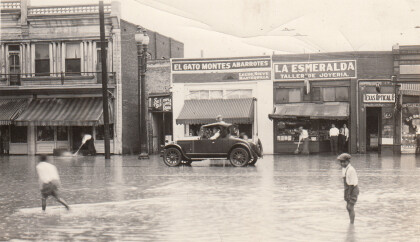
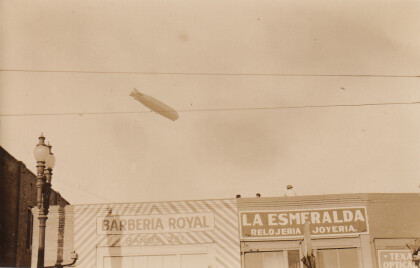
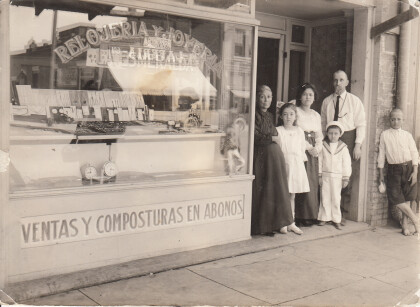
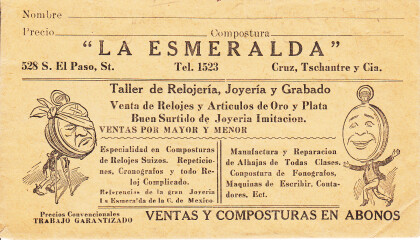
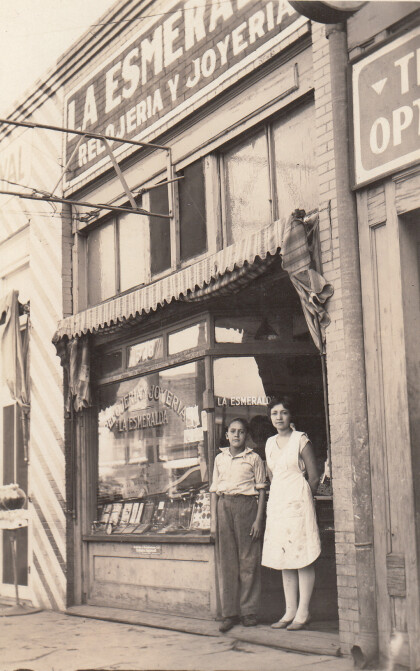
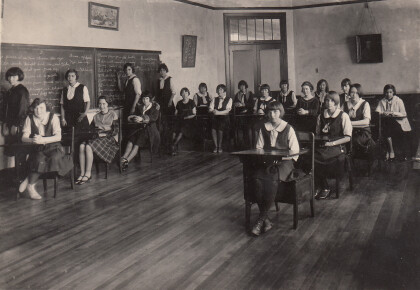
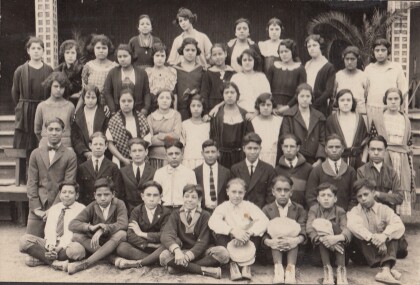
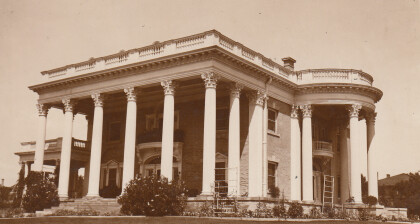
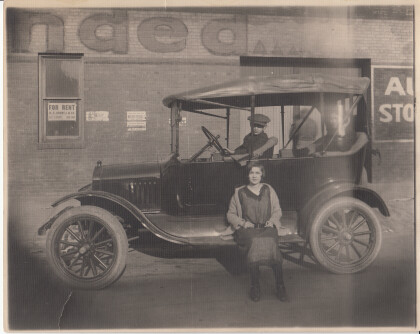
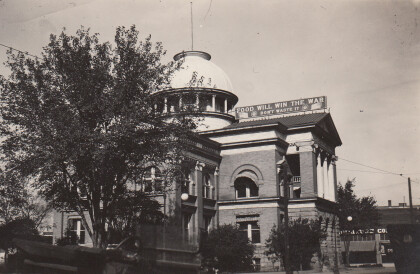
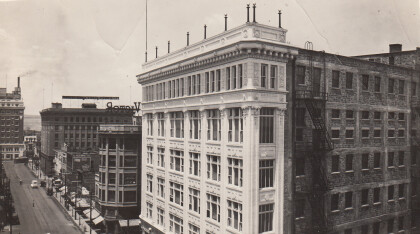
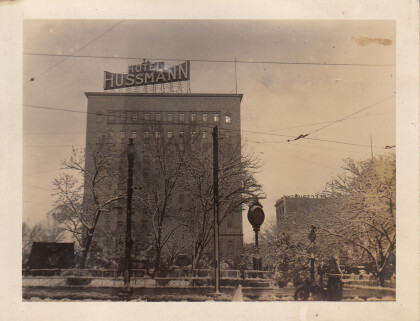
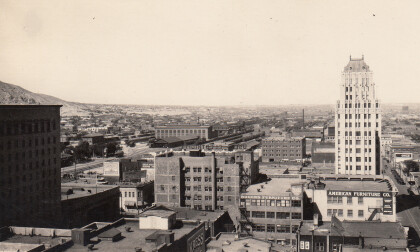
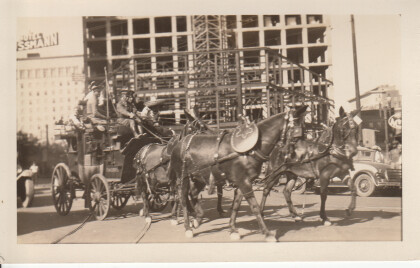
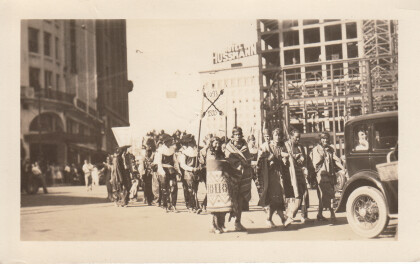
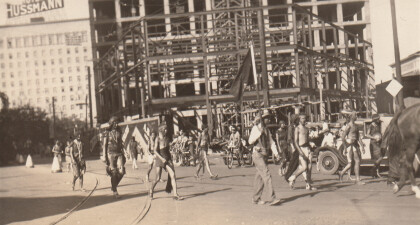
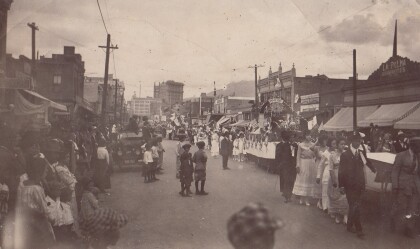
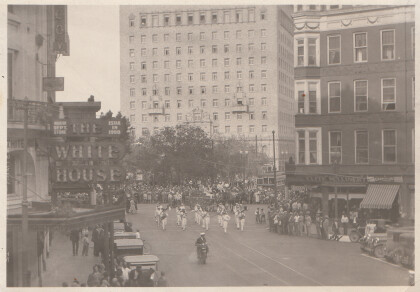
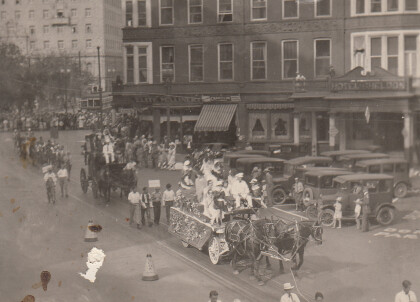
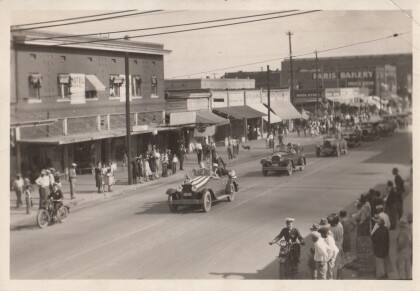
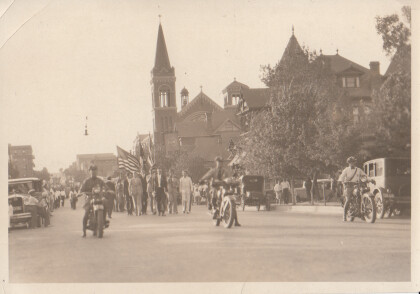
Comments
Add a comment